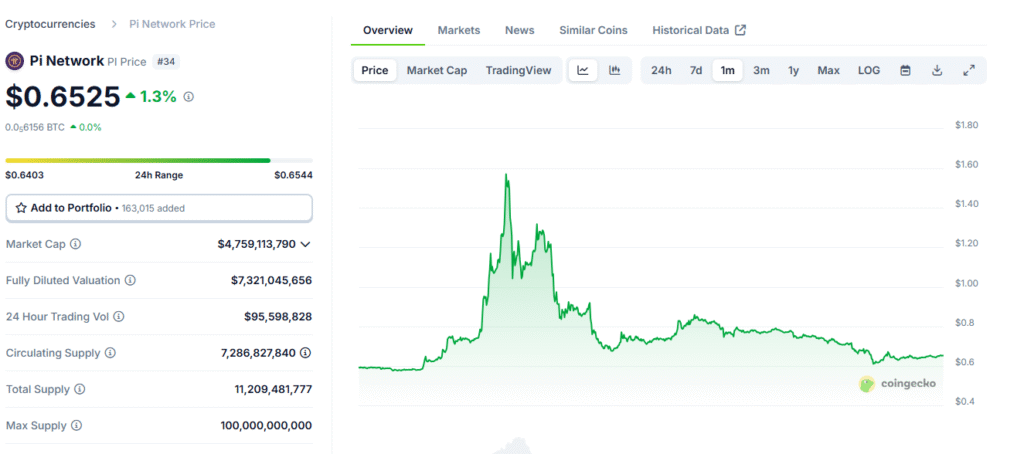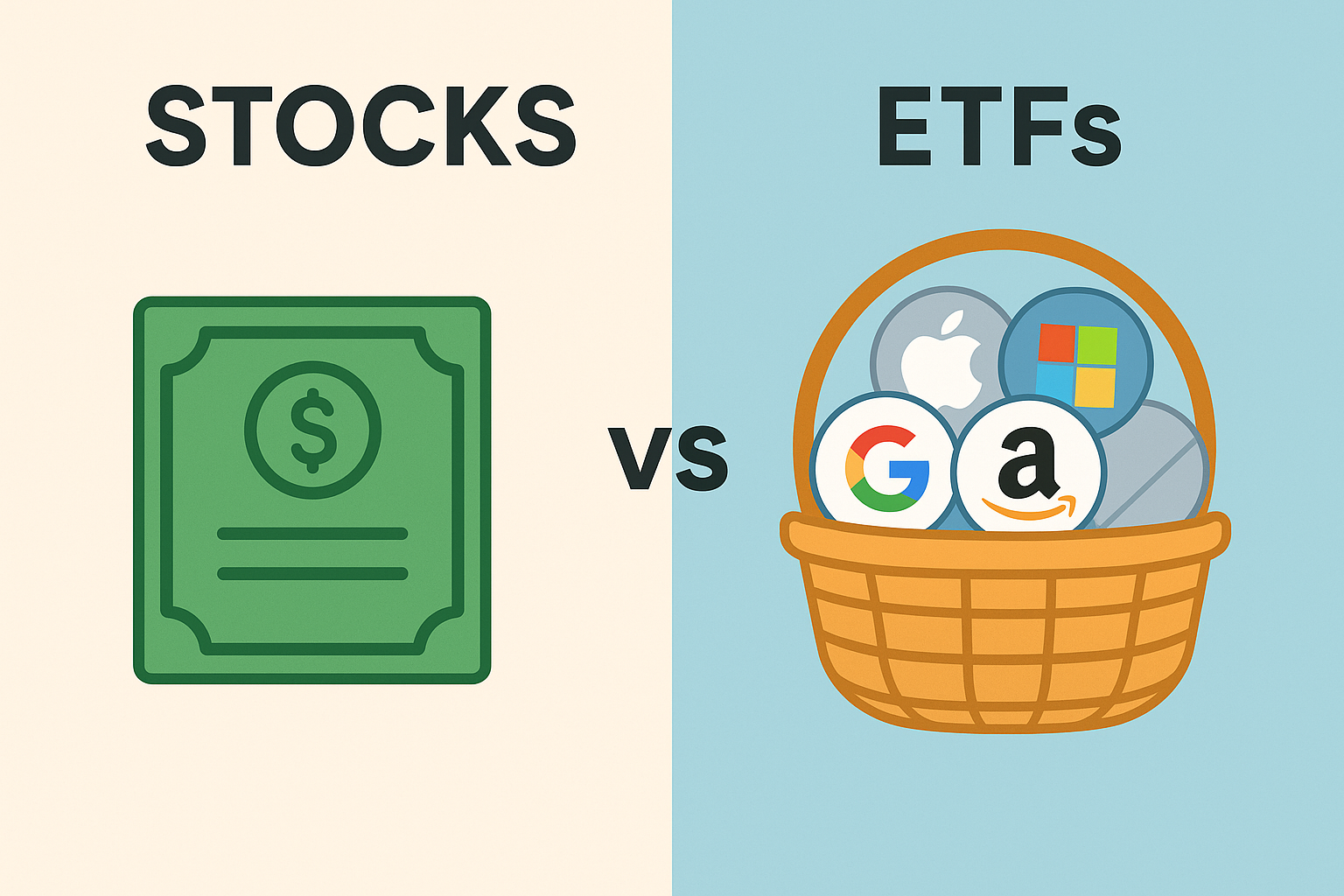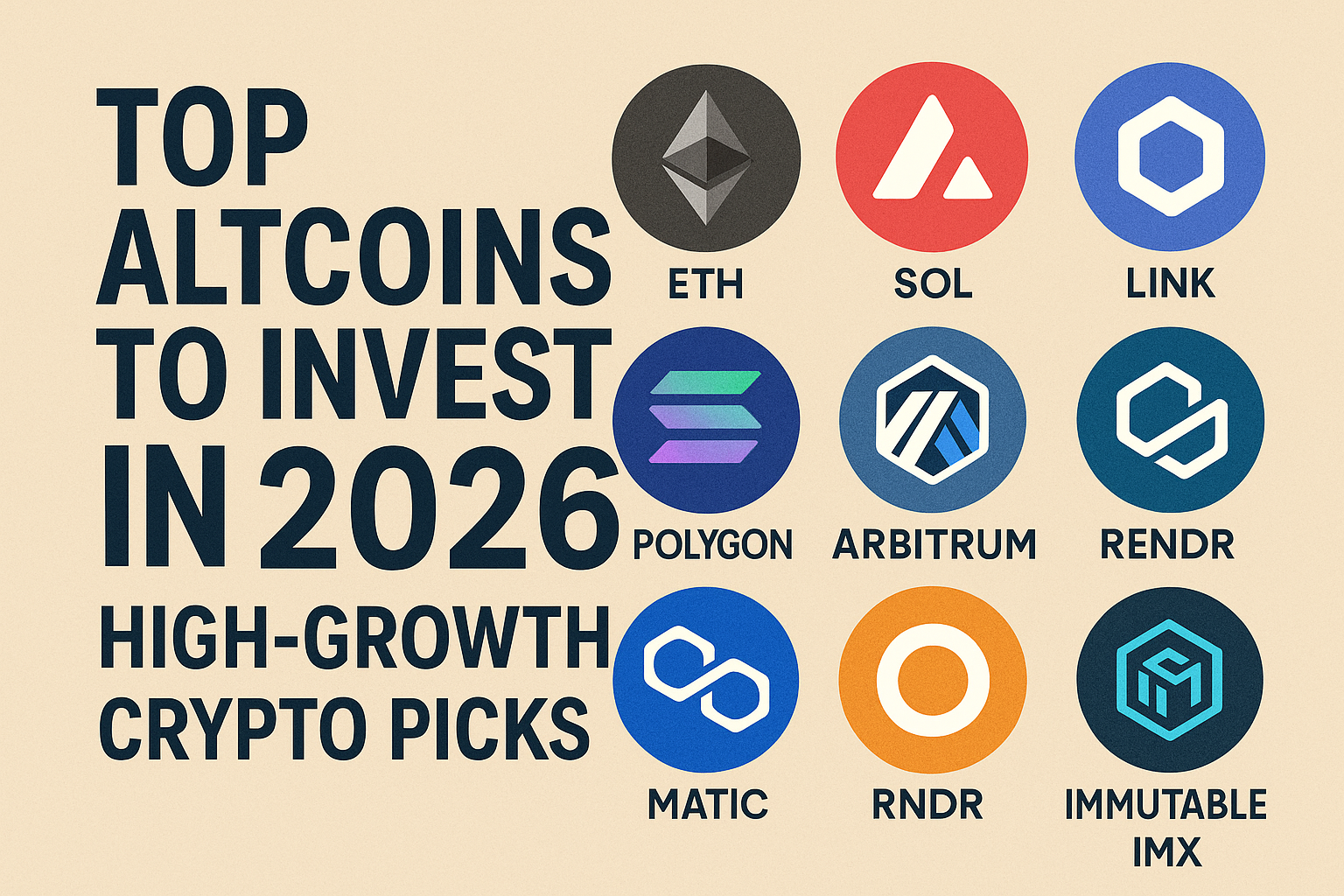Pi Network’s Second Mainnet Migration: Key Reasons for delay and What It Means for Pioneers

Why Is Pi Network’s Second Mainnet Migration Delayed?
Pi Network, one of the most talked-about crypto projects globally, has captured the attention of more than 60 million users across countries like Nigeria, India, Vietnam, and beyond. With a vision to enable accessible and fair digital currency, Pi Network stands apart from conventional crypto projects by emphasizing transparent data auditing and community validation with Pi mainnet update.
As of now, the Pi Network has successfully completed the first phase of its mainnet migration, which involved moving over 12 million users who had passed the Know Your Customer (KYC) process and data validation steps. However, the second migration phase, which is eagerly awaited for unlocking referral mining bonuses and extra Pi token access, has been delayed—prompting questions across its vast global user base.
Understanding Pi Network’s Mainnet Migration
Unlike many crypto platforms that perform simple airdrops or mass token distributions, Pi Network’s mainnet migration is a data-intensive and audited process. Over the past six years, Pi has accumulated mining data for tens of millions of users. Validating this data, ensuring fairness, and filtering out bots or fraudulent accounts make this migration much more complex.
The core focus of the migration is not just to transfer balances but to maintain the integrity of the ecosystem. The Pi Core Team insists on zero tolerance for cheating, making the process meticulous and deliberate.
According to a recent statement from the Pi Network Foundation:
“The migration needs to occur for a network of tens of millions based on complex mining data over the last 6 years to ensure accuracy, security and fairness for honest Pioneers by excluding cheating.”
This is not just about scaling up. It’s about creating a robust and fair economic system powered by genuine user participation.

Technical Challenges Slowing Down the Second Migration
There are several technical and operational hurdles contributing to the delay of the second mainnet migration:
- Massive Data Volume: With over 60 million users globally, auditing and validating years of mining activity demands extensive resources.
- Bot & Fraud Detection: Pi Network’s in-house KYC system flags suspicious activity to prevent automated or malicious accounts from benefiting.
- Secure and Scalable Infrastructure: The backend must be capable of handling millions of real-time migrations while maintaining uptime and data accuracy.
- Referral and Bonus Allocation: The second phase includes bonus distributions based on referral activity, which must be meticulously verified.
- User Fairness Priority: Pi Network’s ethos revolves around fairness. This principle ensures no hasty or partial rollouts occur until every legitimate user is accounted for.
These complications make this process far more involved than typical crypto migrations and reflect the platform’s long-term vision.
When Can Users Expect the Second Migration?
Pi mainnet update: While the Pi Core Team has not provided an official launch date for the second migration phase, speculations point to a possible rollout by Q2 or Q3 of 2025. The team’s current goal is to finalize the first migration phase by the end of Q1 2025. This completion will then pave the way for the second round, allowing users to claim referral-based bonuses and additional benefits.https://x.com/PiCoreTeam/status/1914802007929503883
Why This Delay Matters
This isn’t just a technical delay—it reflects Pi Network’s broader commitment to building a secure, fair, and scalable decentralized ecosystem. By postponing the second phase until all parameters are met, Pi Network aims to set a new benchmark in responsible and transparent crypto migration.
For Pioneers who have stayed with the project since its early days, the delay, though frustrating, is a positive indicator of the platform’s integrity. Rushed migrations can lead to inconsistencies, losses, or systemic risks. In contrast, Pi Network’s cautious approach ensures a solid foundation for its future utility and eventual open mainnet launch.
Conclusion: Patience Now, Potential Later
While delays can test patience, they often come with long-term benefits—especially in crypto, where security and transparency are paramount. The Pi Network’s second mainnet migration might take longer than expected, but it is a critical step in cementing its legitimacy and trustworthiness. As we await further updates from the core team, Pioneers are encouraged to remain informed and stay prepared for what could be a groundbreaking evolution in the decentralized crypto space with Pi mainnet update.
Read more updates and articles on our Crypto category page and also for Bitcoin price Forecast
#PiNetwork #CryptoMigration #BlockchainUpdate #PiMainnet #PiCoin #CryptoNews #KYC #PiCommunity





